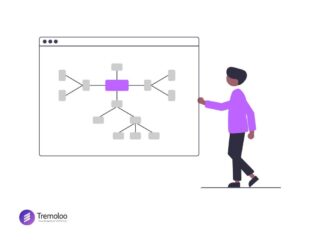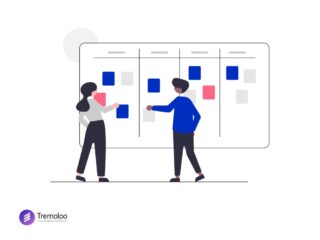
How do users perceive their experience with your product or service?
Let’s consider an example where two users purchase movie tickets online.
Now, we’ll map out their emotional journey. User A begins the journey very negatively.. it gets better.. a little bit worse…. but they still end positively.
User B begins their journey negatively as well.. it gets better.. and they end positively.
So looking at these two journeys, who had a better experience? User A or User B?
Well, the answer is User B. But why?
The Peak-End Rule states that we do not evaluate experiences as a whole. In contrast, we evaluate them based on the peak and the end of the experience.
The peak experience in a customer journey is where the customer feels the most extreme reaction, whether that’s positive or negative. And the end, of course, is where the customer ends his or her journey.
So, when you asked a user to recall their experience on their site, they’re largely basing their answer on these moments.
So as designers, how can you use the Peak-End Rule to your advantage?
Well, you can use the Peak-End rule as a framework to determine where to focus your UX efforts.
For example, conduct field studies and user interviews to discover the extremely positive and extremely negative experiences that occur throughout your customer journey. Then, use this information to improve common negative experiences by conducting usability tests to redesign those components.
The Peak-End Rule helps us target our efforts to improve the aspects of an experience that customers remember most.
So, keep in mind: the best way to end your customer journey is on a positive peak.



